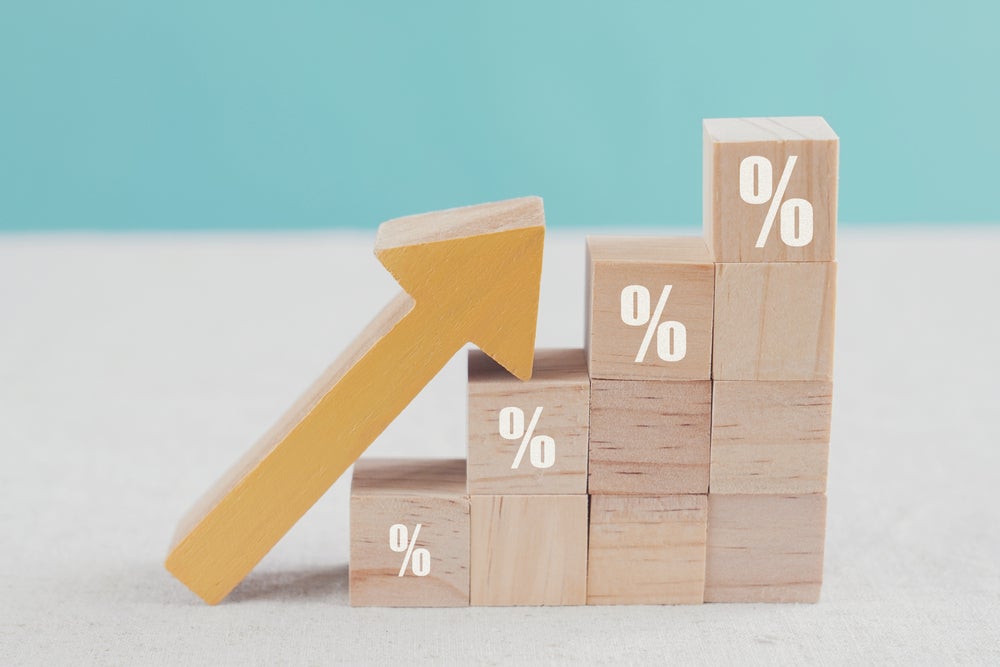As the retail industry increasingly adopts cashless payment solutions across a multitude of different platforms and technologies, differences in approach are emerging between European nations. Luc Holper examines the characteristics of payment systems around the continent

Europeans will embrace more cashless payment systems in future in order to save time, according to SIX Payment Systems. Convenience, comfort and security are also important issues, with pre-payment services growing in popularity, allowing consumers to avoid queues.
Peer-to-peer payment systems which avoid banking charges and have streamlined security technology such as ‘one click’ payments will also grow in popularity, presenting challenges to the traditional banking model. Certainly cross border transactions are likely to increase rapidly, as consumers are able to make savings on purchases they make via e-commerce and mobile payments.
This will mean that national disparities become less marked in future, with platforms such as Amazon, PayPal and the new generation of virtual payment systems displacing traditional payment platforms.
Germany
How well do you really know your competitors?
Access the most comprehensive Company Profiles on the market, powered by GlobalData. Save hours of research. Gain competitive edge.

Thank you!
Your download email will arrive shortly
Not ready to buy yet? Download a free sample
We are confident about the unique quality of our Company Profiles. However, we want you to make the most beneficial decision for your business, so we offer a free sample that you can download by submitting the below form
By GlobalDataIn Germany, there is a cultural aversion to taking on credit and to buying things with money that one does not own. Unsurprisingly, rates of savings here remain higher – at around 11 per cent in comparison to the 6 per cent average of the United States. However, attitudes are changing.
Girocards, for example, where the balance is repaid in full at a regular interval, are becoming increasingly popular. Yet cash remains the most common means of payment, particularly for smaller value purchases. Germans do take on debt to finance large transactions, such as property, but for something under 5 for example, it is rare for German retailers to accept card payments or for German consumers to offer it, as this could be a signal that you didn’t have the money to buy the item.
While retailers in Germany are keen to introduce new technology, particularly for contactless payments, consumers are reluctant to accept this.
There has been a strong increase in retailers trusting e-commerce, with lots of new initiatives driving acceptance and boosting usage. Online banking is equally popular today, lagging a few years behind the UK and Germans are now enthusiastic online shoppers, embracing discounted offers, price comparison websites and the ease of buying from home.
Italy
Italians prefer to use cash for the majority of their payments, although there has been a gradually sustained growth in the number of payment cards: between 2009 and 2013, the number of cards in circulation rose by 6.96 per cent to reach 116 million.
From 2013 to 2018, prepaid card ownership will increase by 17.4 per cent, according to a recent report, while the ‘open-loop’ prepaid segment is expected to grow by 16.9 per cent (volume of cards) and 12.4 per cent (transaction value).
The Italian Post Office has promoted prepaid cards and has found an enthusiastic market for them. There is no credit risk, so it is possible to give prepaid cards to lower income consumers, allowing them to take part in internet payments.
Credit card use in Italy has barely changed in recent years, but a cap imposed by the Italian government on cash payments of 1,000 (any payments higher than this must be made on cards) has kept the credit card market at 11.6 per cent of all Italian card payments.
Switzerland
In Switzerland, Luxembourg and Lichtenstein, card payments are very well established, so there is less of a cash economy and a more liberal attitude to credit card payments has been accompanied by retailer co-branded zero-fee credit cards and competitive APR levels, attracting many new consumers. Online shopping has also grown strongly in recent years, bolstered by Switzerland’s appreciating currency, making items outside the country less expensive for Swiss consumers.
Consumers in these countries are frequent travellers and find that using cards for transactions across borders is becoming more convenient than using cash – Switzerland has its own currency, of course, so whenever Swiss people visit neighbouring France, Germany, Austria or Italy they are obliged to use euros.
In general, debit cards are the preferred non-cash payment method, with credit cards, charge cards and store cards less popular. As such, there is still some room for the market to evolve in Switzerland, Luxembourg and Lichtenstein.
Austria
Card transactions in Austria have increased steadily over recent years, thanks to a healthy economy, although cash has remained the most commonly used method of payment. Debit cards are the most popular kind of non-cash method, but credit and charge card transactions have also grown rapidly.
Contactless payment infrastructure is replacing older systems across many point of sale terminals, allowing payments of up to 25 at higher speeds than before. This is expected to drive greater card use in the coming months and years. Prepaid cards, particularly those used for web transactions or for transport were also increasingly popular in 2013, with further growth expected in 2014, together with credit cards and charge cards.
Poland and Hungary
Coming from a less advanced background, Poland and Hungary have the advantage of less entrenched and outdated payments infrastructure. This means that they can push forward onto the latest technologies and systems as easily – or in some cases more easily – than their more commercial established western European neighbours. In these countries, consumers can progress from cards to contactless to mobile payments. Whereas in the past, Eastern European countries were trying to catch up with the West, today they can start from the same place. It’s a fresh start for everyone. In mobile payments for example, similar proportions of Poles and Hungarians have smartphones to those in Western European economies.
Even so, both Poland and Hungary are heavily attached to cash payments: Poland has probably the highest cash payments proportion in Europe at around 90 per cent. Although there are many credit card holders in Poland, there is relatively little use made of them. Polish banks are reluctant to extend credit to their customers, as a means of risk management, while consumers are averse to taking credit in any case.
Luc Holper is head of financial industry services growth markets at SIX Payment Services






